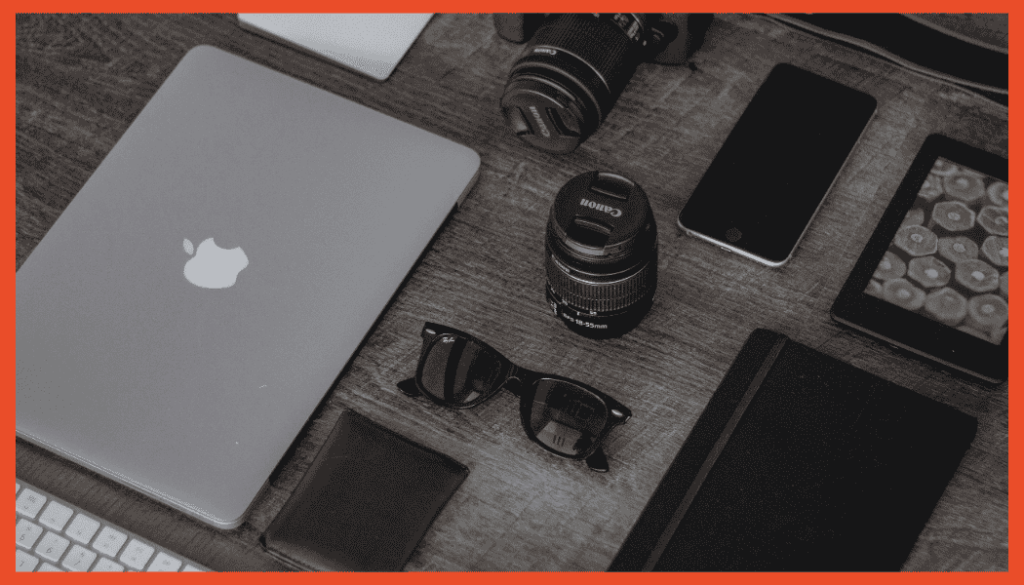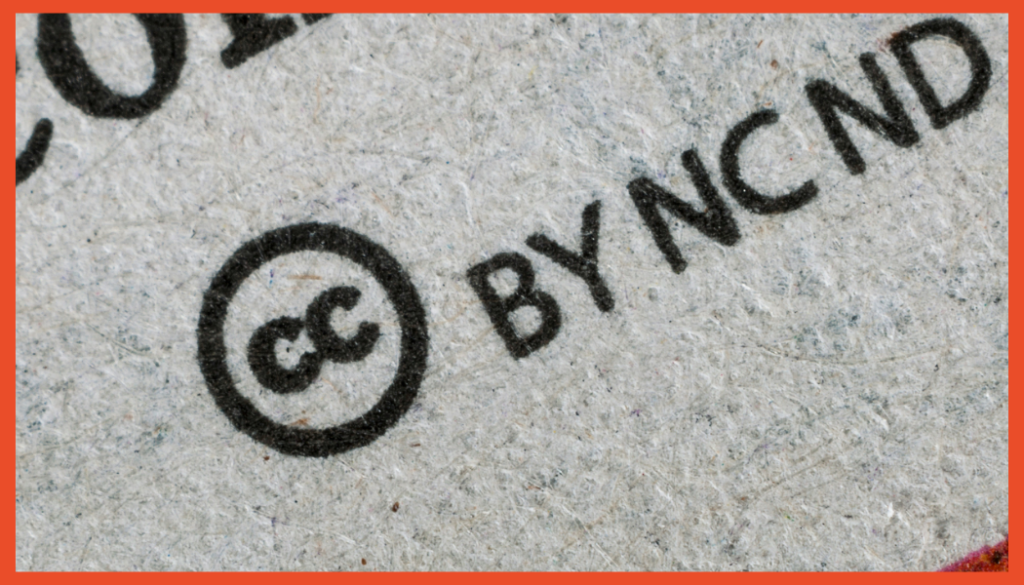In the fast-evolving world of digital technology, securing robust intellectual property (IP) protection is essential. Not only for defending innovation but also for attracting investment and commercialising products effectively. Whether you are designing a smartwatch, a health tracker, a connected home device or a regulated medical tool, your IP strategy should be as well-engineered as the device itself.
What Is a Digital Device?
‘Digital device’ is a broad term encompassing products that incorporate electronic hardware and software to collect, process, and transmit data. Often using sensors, connectivity, or user interfaces. This includes everything from wearable fitness trackers and smartwatches to diagnostic medical equipment and consumer health apps.
Medical devices form an important subcategory. Under UK law, a medical device is defined as any instrument, apparatus, appliance, software, material or article intended for human use in diagnosis, treatment, or monitoring of disease or injury. Ranging from simple tongue depressors to sophisticated pacemakers. If your product performs a healthcare function, special attention may be required to regulatory and patenting frameworks.

Hardware: Patent and Design Protection
For the physical components of digital devices – such as casings, sensors, or wearable units – patents can protect novel technical features, while registered design rights secure the aesthetic appearance. Early confidentiality is crucial; premature disclosure may render patent applications invalid and may impact on the design application process.
Keep meticulous records of invention dates, including sketches and prototypes. Remember: registered design rights are often faster and more cost-effective to obtain than patents, and can be especially valuable when the innovation lies in form rather than function.
Unregistered design rights may arise automatically, but they offer weaker and shorter protection. Where possible, consider both UK and EU registered designs, particularly if you market products in both territories.
Software: Copyright and Patents
Software used in or with digital devices – such as for real-time monitoring, control systems, or interactive features – raises unique IP challenges. In the UK and EU, software is generally not patentable unless it produces a “technical effect” beyond mere data processing. Still, user interfaces and device-specific functionality may qualify for patent protection under specific conditions.
More reliably, software is protected by copyright. This covers both the code and (separately) any graphical user interface, provided each is an original work. Contracts with software developers should explicitly assign rights to your business for both elements.
Design and User Experience: Copyright and Registered Designs
The look and feel of your digital product – including user interfaces, app icons, and external features – can be protected through design rights or copyright. Even the visual layout of a mobile app or smartwatch display may be registrable as a UK or EU design, provided it is sufficiently novel and distinctive.
As the “Trunki” case (PMS International Limited v Magmatic Limited) demonstrated, the scope of design protection can depend heavily on how the product is illustrated in the application – line drawings may provide broader coverage than colour photographs.

Brand Identity: Trade Marks
Choosing a distinctive, memorable name for your digital device – and protecting it early – is critical. Trade marks safeguard brand identity and can become valuable business assets in their own right.
A registered trade mark protects your brand for specific goods or services (such as “Class 9” for electronic devices or “Class 10” for medical apparatus). Trade marks for regulated medical devices may also be subject to additional requirements in some jurisdictions.
Data and Know-How: Copyright, Database Rights and Trade Secrets
Beyond formal IP registrations, the value of internal data – such as user analytics, diagnostic metrics, or performance datasets – should not be overlooked. If compiled in a structured format, these may attract UK or EU database rights.
Meanwhile, commercially valuable know-how – like manufacturing methods, signal-processing algorithms, or predictive AI models – may be protected as trade secrets. This requires clear internal policies and enforceable confidentiality agreements with employees and contractors.
Ownership and Collaboration
Whether you are working with contract designers, software developers or university researchers, ensure that IP ownership is clearly addressed in your contracts. In the UK, IP created by employees usually belongs to the employer – but the same does not apply automatically to commissioned work.
Misunderstandings at this stage can derail product launches or M&A deals later. A well-drafted IP assignment clause is often the simplest – and most important – form of protection.
Final Thoughts
Digital devices – whether consumer wearables, smart tools or connected health products – sit at the intersection of hardware, software, and data. Each aspect engages a different form of IP protection. A successful IP strategy is not just about ticking legal boxes; it is about understanding your product lifecycle, identifying what makes your device valuable, and choosing the most effective tools to protect it.
For tailored advice or to audit your current IP position, feel free to get in touch.
Written by Thomas Bjorn